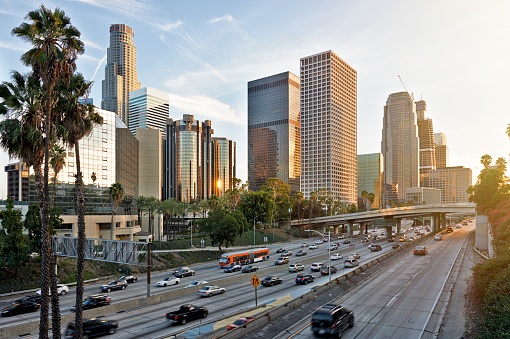
Traffic updates are getting high-tech. The mapping service Here has announced that it will begin to crowd-source information acquired by in-car sensors to provide drivers with more accurate information about congestion.
The company, which was jointly acquired by BMW, Audi, and Daimler in 2015, will tap the hardware of hundreds of thousands of cars made by the three automakers to acquire data, according to Reuters. Over time, it, apparently, plans for other manufacturers to contribute data as well. By analyzing sensor information, it will learn about road conditions and share them with other cars to assist route planning.
There are plenty of other crowd-sourced congestion reporting services. Waze, for instance—currently owned by Google—acquires data about road conditions from drivers that share information via an app on their smartphone. Additionally, Urban Engines, also recently acquired by Google, gathers data from pedestrians to predict city-center congestion.
Here, however, claims that it’s the first to use on-board car sensors to provide such crowd-sourced data. Bloomberg suggests that the company’s software has the capability to notice when a car’s windshield wipers are switched on, taking it as a cue that traffic will slow, while, in cars with cameras, it will read temporary road signs or recognize construction work. Such information will be anonymously uploaded to the cloud then shared with other drivers.
Here is said to provide mapping information to as many as 80 percent of cars with built-in satnav in the U.S. and Europe, and it hopes that other automakers will pay in order to provide drivers with more efficient routing options.
Here is not the only company to start hijacking on-board car sensors, though. Startup Civil Maps has recently started using them as a low-cost means to generate accurate maps that can be used by future self-driving cars. Comma.ai plans to tap into the radar systems that are part of many cars’ smart cruise-control systems to power its bolt-on autonomous car offering.
To be sure, Here’s new initiative will also have an eye on autonomous driving. The project is particularly notable in the way it will link up data from cars made by different manufacturers—usually keen to maintain proprietary systems—into a single pool on the cloud. That opens up the possibility for cars of all types, both driven and autonomous, to communicate with each other more easily than has been the case in the past. That will be essential as cars increasingly navigate the roads by themselves.
But in the meantime, it might shave a few minutes off your commute.



